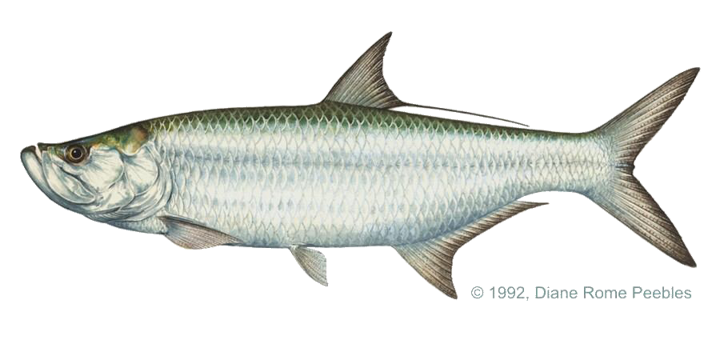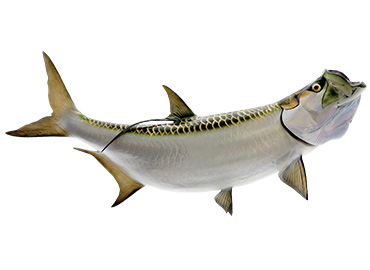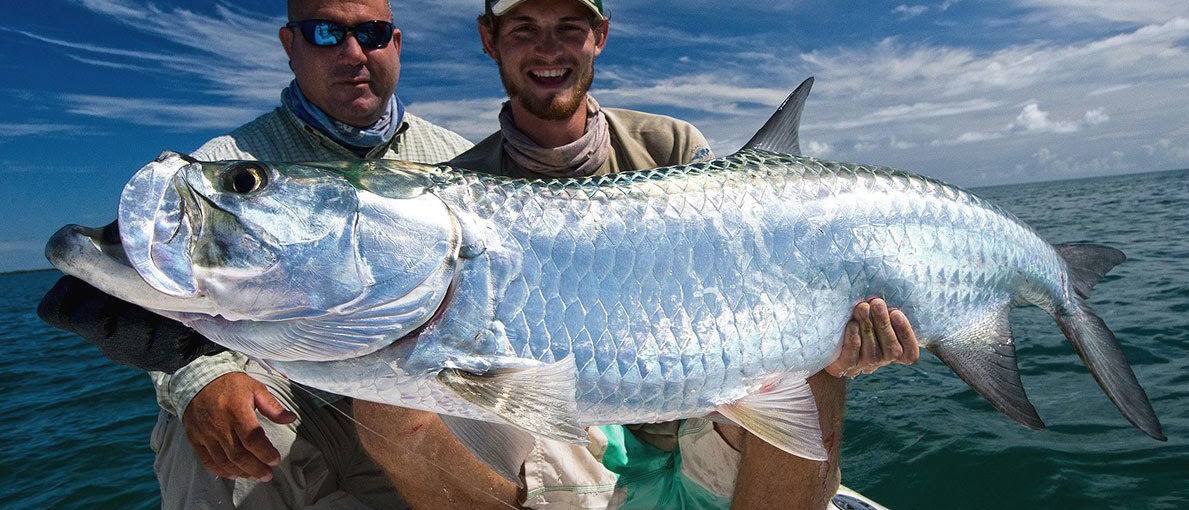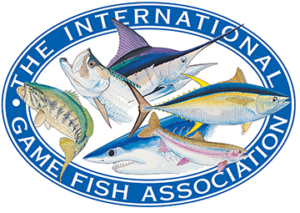Catching Tarpon in Costa Rica – Five Cool Facts

Top 5 Cool Facts About Tarpon
Costa Rica Stomping Grounds
Caribbean side, Pacific Coast of Costa Rica (rarely),can live in both fresh and saltwater and have even been found in Lake Nicaragua
World Record
 The all-tackle world record tarpon stands at a monstrous 286lbs 9oz. It was caught by Max Domecq off Guinea-Bissau in Africa on March 20, 2003. If that’s not hard enough to take in, try this on for size: prior to that day, Domecq had never caught a tarpon. The near-300lb behemoth, taken on a live mullet, was his first tarpon bite ever. Where do you go from there?
The all-tackle world record tarpon stands at a monstrous 286lbs 9oz. It was caught by Max Domecq off Guinea-Bissau in Africa on March 20, 2003. If that’s not hard enough to take in, try this on for size: prior to that day, Domecq had never caught a tarpon. The near-300lb behemoth, taken on a live mullet, was his first tarpon bite ever. Where do you go from there?
Respect your elders
The oldest tarpon in captivity lived to be 63 years old. So, the next time you’re down in the Keys or off the coast of Costa Rica, and you hook one of the big girls, remember, there’s every chance you’ve just attached yourself to something older than you.
The Name Game
Megalops atlanticus is the Latin name for the Atlantic tarpon. But what does that mean? Well, the “atlanticus” bit I think we can all work out. As for “Megalops”, that’s a combination of two words: “mega” meaning “large” or “extreme”, and “lops” meaning “face”. Sometimes those Latin names don’t seem nearly as clever once you’ve translated them.
May I See Your Passport
Tarpon are more widely distributed than many realize, and are found on both sides of the Atlantic. They’ve been found as far north as Nova Scotia and as far south as Brazil. Tarpon have also been discovered in small pockets of Pacific waters – off Costa Rica’s Pacific Costa in the South and on the Pacific side of Panama.
Tarpon Video From Tortuguero, Costa Rica by Eddie Brown
Prehistoric Perfection
Valenciennes, 1846; MEGALOPIDAE FAMILY; also called silver king, cuffum
Occurs in warm temperate tropical and subtropical waters of the Atlantic Ocean. This coastal fish can be found both inshore and offshore. Because of its ability to gulp air directly into the air bladder by “rolling” at the surface, the tarpon is able to enter brackish and fresh waters that are stagnant and virtually depleted of oxygen. Such areas are relatively free of predators, thus offering a convenient refuge for the young.
The body is compressed and covered with very large scales. The lower jaw juts out and up. The teeth are small and fine, and the throat is covered by a bony plate. The dorsal fin consists of 12 16 soft rays (no spines) the last of which is greatly elongated. The back is greenish or bluish varying in darkness from silvery to almost black. The sides and belly are brilliant silver. Inland, brackish water tarpons frequently have a golden or brownish color because of tannic acid.
They may shed up to 12 million eggs. The eggs hatch at sea and the eel like larvae drift in shore where they undergo a metamorphosis, shrinking to half the size previously attained and taking on the more recognizable features of the tarpon as they begin to grow again. Tarpon, bonefish, ladyfish and eels all undergo a similar leptocephalus stage, but the first three fish all have forked tails even at the larval state, whereas the eel does not. Tarpon grow rather slowly and usually don’t reach maturity until they are six or seven years old and about 4 ft (1.2 m) long.
Fishing methods are still fishing with live mullet, pinfish, crabs, shrimp, etc., or casting or trolling with spoons, plugs, or other artificial lures. The best fishing is at night when the tarpon is feeding. They are hard to hook because of their hard, bony mouths. Once hooked they put up a stubborn and spectacular fight, often leaping up to 10 feet out of the water. It was one of the first saltwater species to be declared a game fish
Related Articles:






















